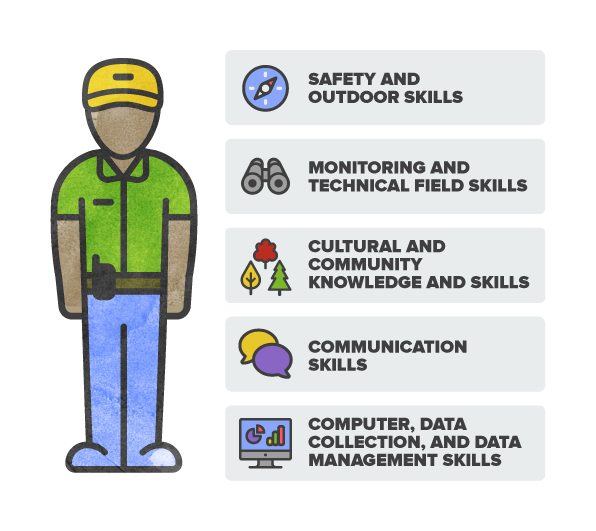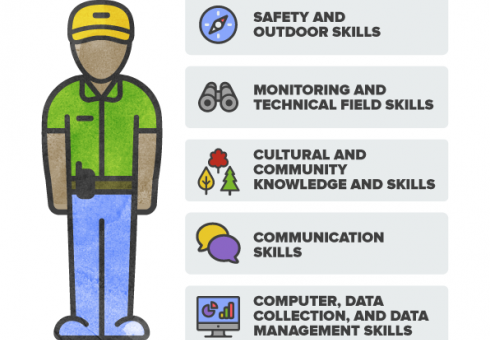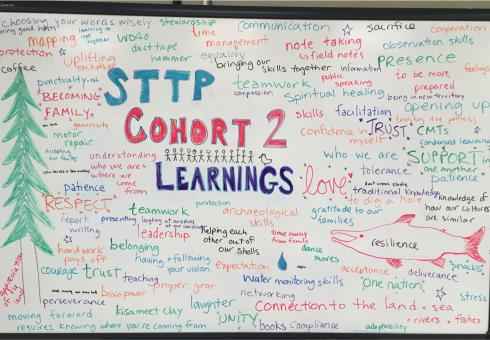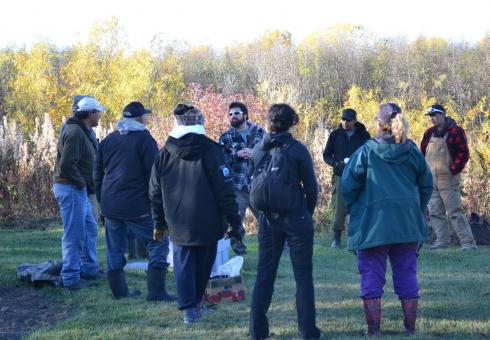Indigenous Guardians spend most of their time outdoors and often in remote locations. It is critical that your Indigenous Guardians are properly equipped and trained to ensure they stay safe.
Identify which standard certificates and training courses are critical for your crew, both to ensure their safety and to meet any requirements set by your organization or your insurance provider. Use the Training and Certification Log Form to keep track of what each guardian has and when updates need to happen.
Often certifications related to safety and outdoor skills need to be renewed each year. Some communities set an annual schedule for when certain trainings will be available for their guardians. This way they know that everyone’s certificates are up-to-date.
Examples include, but are not limited to:
- Vehicle/Vessel Operations - Driver’s license, Small Vessel Operator Proficiency (SVOP), ATV Operator Certificate, Restricted Operator’s Certificate, Snowmobile Maintenance,
- First Aid Training - Wilderness First Aid, Basic First Aid, Basic First Aid with Transport Endorsement.
- Safety Training – Marine Safety Training, Swiftwater Rescue, Cold Water Safety, Firearms Safety/Possession and Acquisition License, Marine Emergency Duties (MEDA3), Wildlife Deterrence, Bear Aware, WHMIS.
- Outdoor Skills – Wilderness Survival, Map Use and Wayfinding, GPS, Small Engine Repairs, Emergency Shelters and Survival, Land and Water Travel, Use and Maintenance of Camp Gear and Equipment



